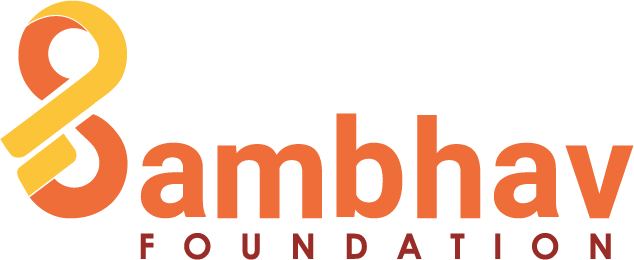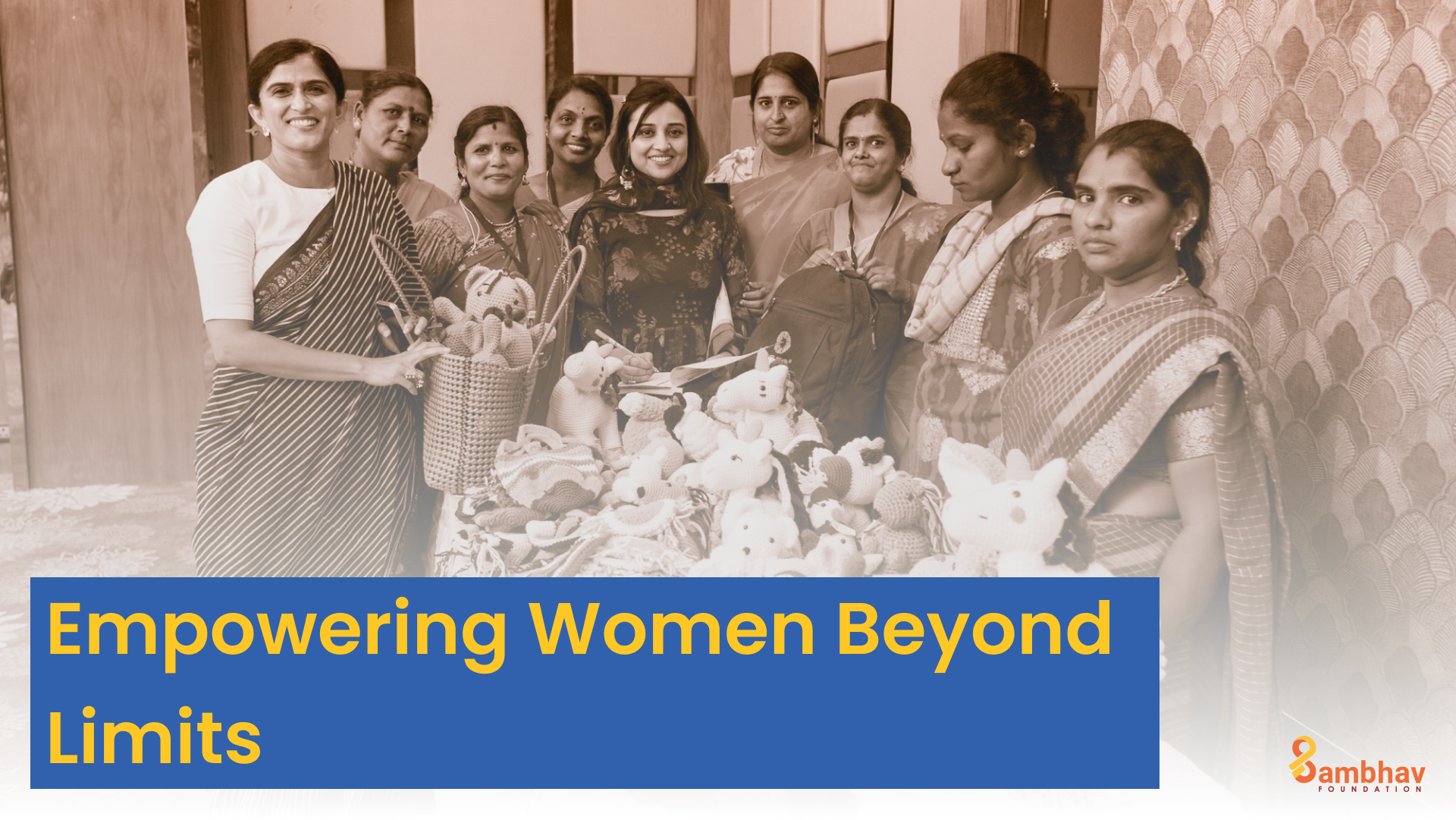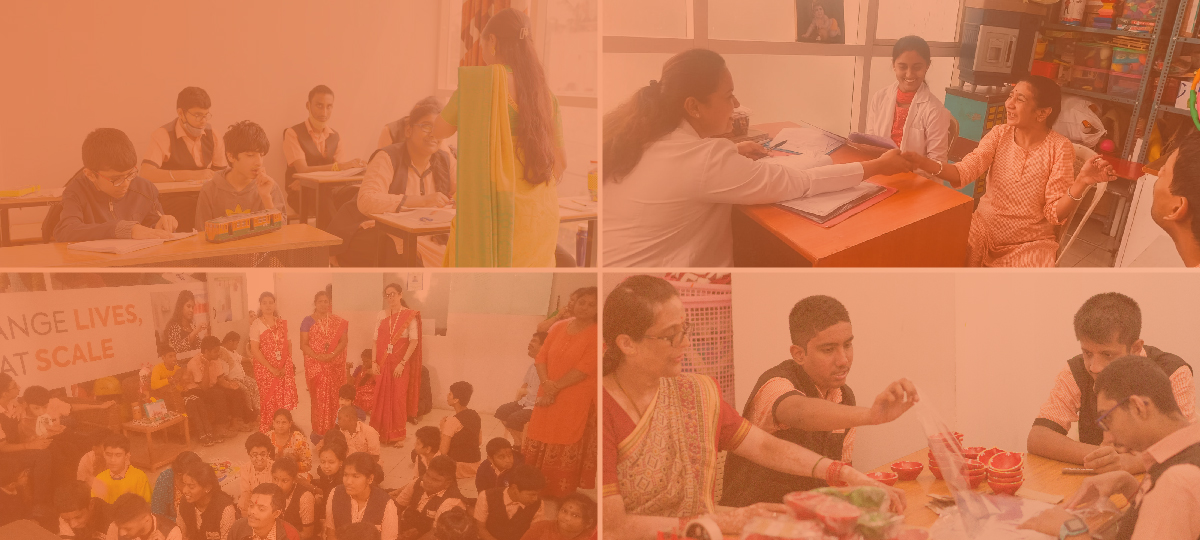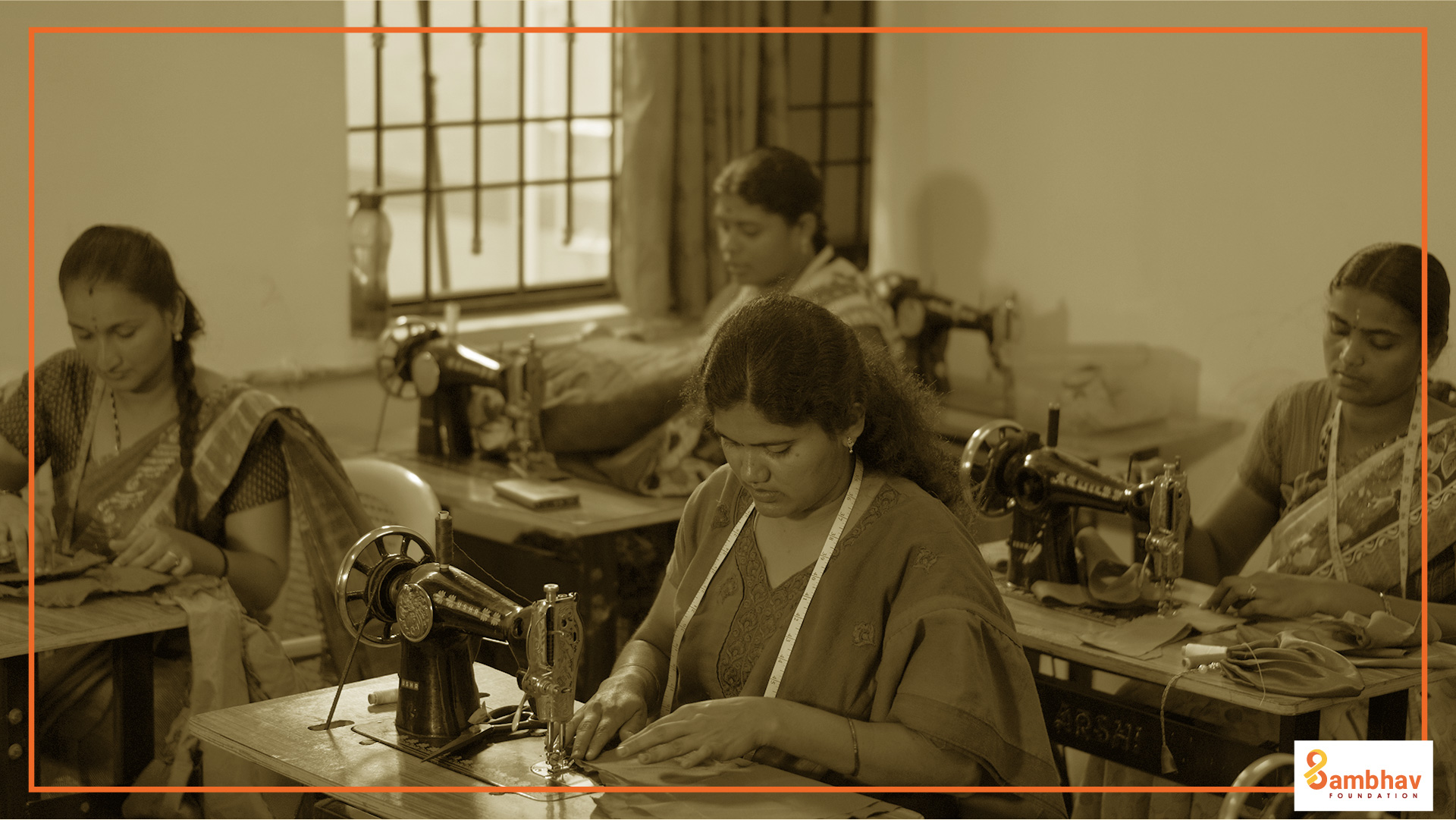Rural India is facing a psychological and mental health crisis. It is the elephant in the room almost no one is addressing. Media and public discourse have focused on the loss of life and economic slowdown while ignoring the psychological implications of COVID-19. COVID 19 causes significant mental distress to patients and their families. But, in rural India, the pandemic’s ripple effects and related lockdowns have caused even more significant psychological pain and anguish. While quantifying the impact on rural citizens’ physical and financial health is somewhat possible, the extent of the effect on their psycho-social well-being is far trickier to assess.
COVID 19 doesn’t discriminate when it infects, but its impact on different segments and communities is far from equal. Psychological health is one such area of overlooked yet profound implications.
Poverty pushing the buttons
More than 60% of men and women in rural India have shown symptoms of depression post the pandemic. Rural India, in April 2021, recorded 2.8 million job losses, four and half times more than those in urban India. About 10 million migrants had to leave their employment in the first COVID lockdown. While the organized sector managed to show some degree of resilience in the face of the pandemic, in many places, the unorganized sector collapsed in the face of extreme uncertainty. Job losses and unplanned migrations left many clueless, anxious, and afraid. Excessive stress is a fertile breeding ground for mental health issues.
Children have been disconnected from schooling by this pandemic. 30 million students in India had no access to digital devices to attend online school. We’ve severely underestimated the long term damage caused by this. Imagine the mental state of a child who has had to quit their schooling while knowing some of their peers will be able to continue?
Over 50% of women in a study in rural India reported increased housework post the pandemic. Studies have also shown that many families had less food and more stress about not being able to afford food after the pandemic. The level of nutritional awareness is already inadequate amongst the rural and lower-income groups. The connection between nutrition and mental health is well-established. The impact of these factors on pregnant women, children, and adolescents needs more study to counter it.
The pandemic has made an unfair world even more unjust for the poor, pushing their mental health to extremes.
Building blocks to psychological distress
All the instances are bound to build up classic symptoms of mental health disorders in the rural Indian population. Lower socio-economic status already being a conducive variable for psychological issues leaves this population even more vulnerable. A sense of hopelessness and helplessness is an obvious outcome of migration and loss of livelihood. One-third of the population in a study in a rural area claimed not getting adequate sleep. Worry and anxiety, the key ingredients of psychological disorder, abound.
Psychology of economy and health
Studies show that depression and other disorders are linked to absenteeism and lack of productivity. Lack of focus, motivation, and a sense of hopelessness and helplessness thrown into the mix at a large scale, makes a disastrous concoction for the rural and national economy.
People with psychological disorders tend to suffer more major accidents in the short term. They are also more susceptible to non-communicable diseases in the long term. With India’s health infrastructure overburdened, we need to take the reins before the problem balloons are out of control. The consequences of not addressing the mental health crisis facing us are ghastly, both short and long term.
Moves in the direction
The Ministry of Health and Family Welfare has taken commendable initiatives. Regulations like The Mental Healthcare Act 2017 sets provisions for integrating general and mental healthcare services at primary, secondary, and tertiary levels. Helplines for the psychologically distressed are a positive step, recognizing the need for better mental healthcare post-COVID. Although this is a great move, an individual in a rural lower-income group might need a different degree of care. There isn’t enough awareness about mental health issues in such a group. Also, helplines assume that people in such a group have access to making a phone call, enough awareness about such a facility, and an openness to receiving care in this manner.
Solutions follow clarity
A solution to this problem can only be arrived at by first understanding the situation. There is no detailed study or evidence of the mental health crisis. Unless we have hard data, it isn’t easy to provide support where and when needed.
We need to connect with communities and enlist the support of individuals within those communities. Opening up to a trusted member from within the community can also mitigate the stigma attached to mental health issues.
Community Health Workers not only fit this description, but they also have the basic training and openness to be a part of community health initiatives. They have already proven highly effective in conducting home visits to collect swab tests and vital signs data, raising awareness about the pandemic, and conducting health camps. With the right training, capacity building, and hand-holding, they can take mental health inventories, factors that could lead to a disturbed mental state, and raise red flags for those they think might need help. The data collected can be compiled to understand the condition of communities and plan mental health interventions.
It can create access to mental health facilities for those in need, clear the stigma attached to it, and become a source of livelihood for CHWs.




